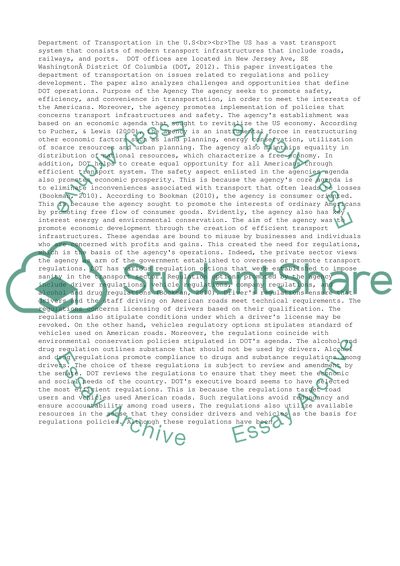Cite this document
(“Department of Transportation in the U.S Research Paper”, n.d.)
Retrieved from https://studentshare.org/management/1465812-department-of-transportation-in-the-us
Retrieved from https://studentshare.org/management/1465812-department-of-transportation-in-the-us
(Department of Transportation in the U.S Research Paper)
https://studentshare.org/management/1465812-department-of-transportation-in-the-us.
https://studentshare.org/management/1465812-department-of-transportation-in-the-us.
“Department of Transportation in the U.S Research Paper”, n.d. https://studentshare.org/management/1465812-department-of-transportation-in-the-us.


